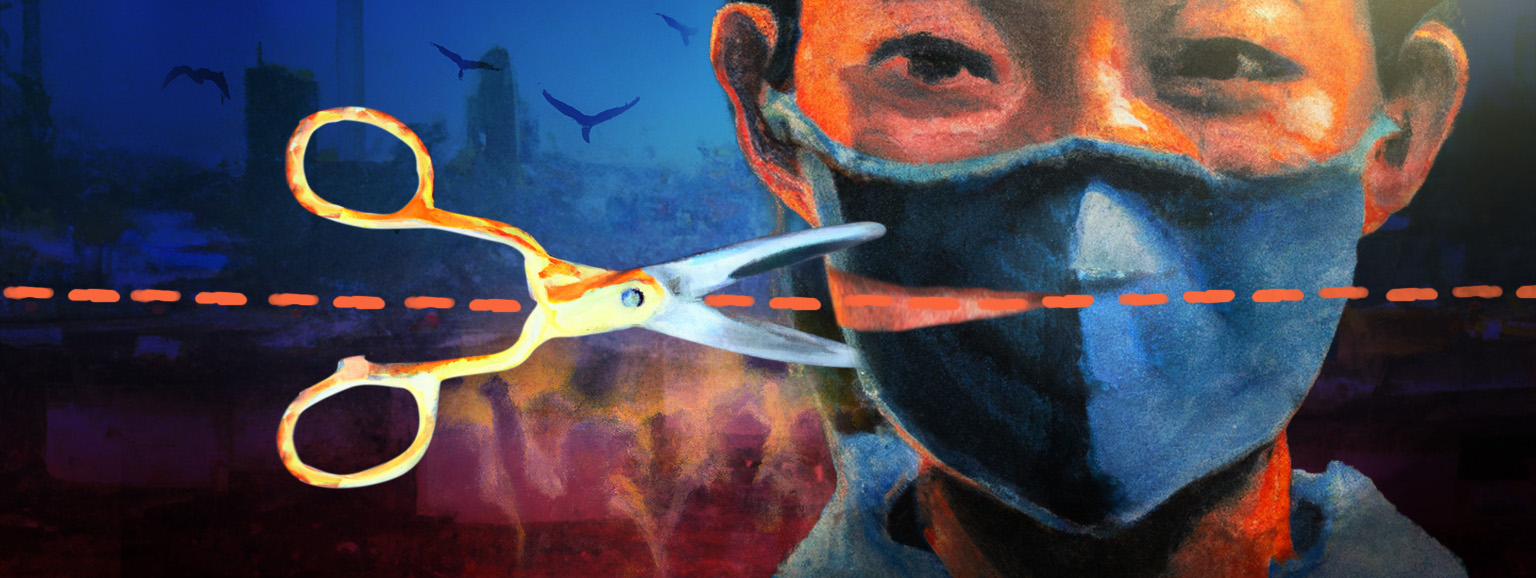|
Getting your Trinity Audio player ready...
|
B
eijing has blinked — somewhat. After nearly three years of insisting on its zero-COVID policy, the Chinese central government finally seems to be easing its strict restrictions related to that stance. But it took protests that broke out in several cities across the nation in late November — and increasing public embarrassment for President Xi Jinping and the Chinese Communist Party (CCP) — for that easing to take place.
What happens next is anyone’s guess. In fact, a waiting game has begun, with Beijing trying to see if its grudging, modest concessions regarding its COVID-19 policy will satisfy protesters, and China’s citizens gauging how much more the government will loosen up.
What is clear, though, is that while Beijing has one hand relaxing its grip, the other remains balled up into an iron fist. Indeed, many are already expecting a crackdown on those involved in the protests, with online netizens who helped spread the word about them among the first to feel the official pushback. “Teacher Li,” a Chinese man based in Italy whose Twitter account became a central hub of information during the protests, has reported threats and visits to family members by state security forces. Some demonstrators at the scene had also been beaten up, while others were arrested and detained.
The trigger for the waves of protest was a fire in a residential building in Urumqi in Xinjiang province, where at least 10 people were killed and several others injured. What enraged many people was that the firefighters had been unable to quickly make their way into the building because it had been locked as part of quarantine measures under the zero-COVID policy. The residents were essentially trapped inside, and many believe the number of those who perished is far higher than what was reported.
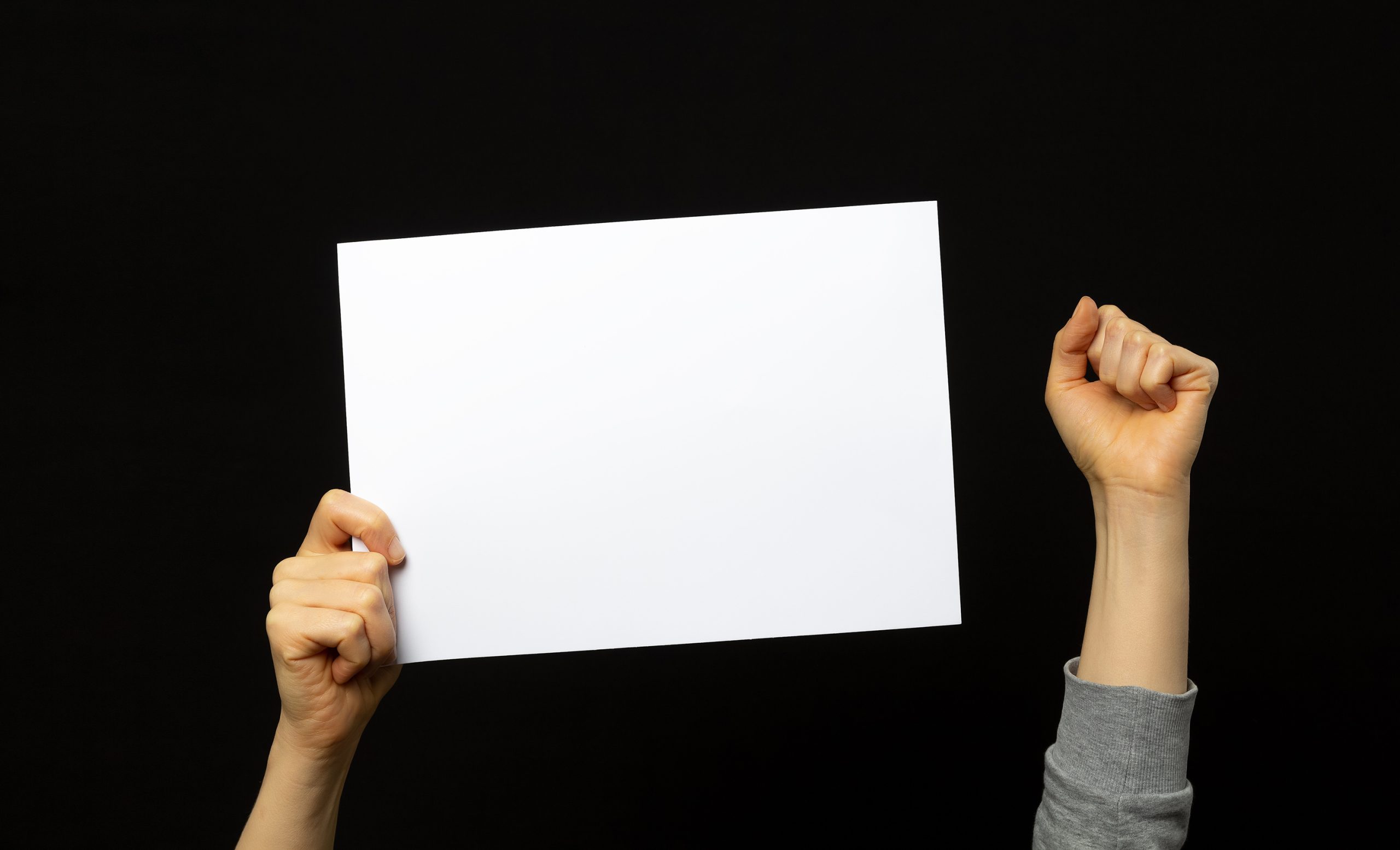
Just days earlier, there had been protests in Zhengzhou, where a major facility of the electronics manufacturer Foxconn has more than 300,000 workers putting together the bulk of the global inventory of the popular Apple iPhones. The Foxconn workers were demonstrating against changes to regulations that would have required them to work through the Lunar New Year holiday. Weeks prior, videos circulated widely in China showing thousands of Zhengzhou factory workers fleeing on foot to avoid quarantines after clusters developed there.
But the Urumqi tragedy in particular proved to be the last straw for many of China’s 1.4 billion people. After all, they had already suffered for nearly three years of never-ending testing and rolling lockdowns, which had at times led to food shortages even in major metropolitan centers.
Yet while the demonstrations have been broadly against the zero-COVID restrictions in China, they dovetail with wider demands for freedoms. These include calls for Xi Jinping to step down, an end to restrictions on media freedoms, and even an end to the rule of the CCP.
University student Li Jia-bao says that the protests are actually the product of several years of pent-up anger. “There is not just one cause for the protests,” says Li, who has been living in exile in Taiwan after he released a series of videos criticizing Xi. “But there was a long-term issue at hand here. Without an outlet to vent, pressure built up.”
Still, it may be foolhardy to conclude that the protests are against the CCP’s rule entirely. Rather, as with any movement, a number of demands overlap within the recent demonstrations, which for the most part have seen many Chinese being unusually outspoken.
“The last generation”
In many ways, the protests evoke the hopelessness of a generation. One of the more popular protest slogans proclaims, “We are the last generation” — a reference to the disinterest of many young people today in having children, given what has been happening to China. It actually comes from a video that went viral at the height of the pandemic and was uttered by a young man.
At the same time, the protests involve a generation now realizing that they have powers they can exercise. Reads the last two lines of one poem about the protests: “I hold up a sheet of blank paper / A sheet of blank paper — it’s freedom.”
In an in-your-face retort to rules against supposedly “provocative” slogans, protesters have taken to holding up blank pieces of paper. The blank A4 pieces of paper are also an acknowledgment that the demands of the people are already so widely known that no slogan is necessary.
The protests also seem to be of a generation learning of the stark inequalities that exist in Chinese society, and which affect minorities especially. Another poem about the protests contains these lines: “We are the low-end population in the midst of prosperity / We are the external forces shouting in the dark room / We are the Hongkongers who have lost their home / We are the Uyghurs who have lost their freedom.”
Meanwhile, some of the demonstrators seem to be conscious of the comparisons that have been ventured to date, as in frequent references to the iconic statement of “It’s my duty” by a young man in Tiananmen Square in 1989 when asked by a foreign correspondent why he was protesting. “It’s my duty” has appeared in the names of Telegram groups for distributing information about protests, as well as in some statements by Chinese students to the media.
Big and outspoken
Given the widespread censorship of the internet in China, it is hard to have a complete picture of ongoing protest actions there. Certainly, though, the late 2022 protests are thought to be the largest in China since the 2011 Wukan demonstrations or perhaps even the 1989 Tiananmen Square protests.
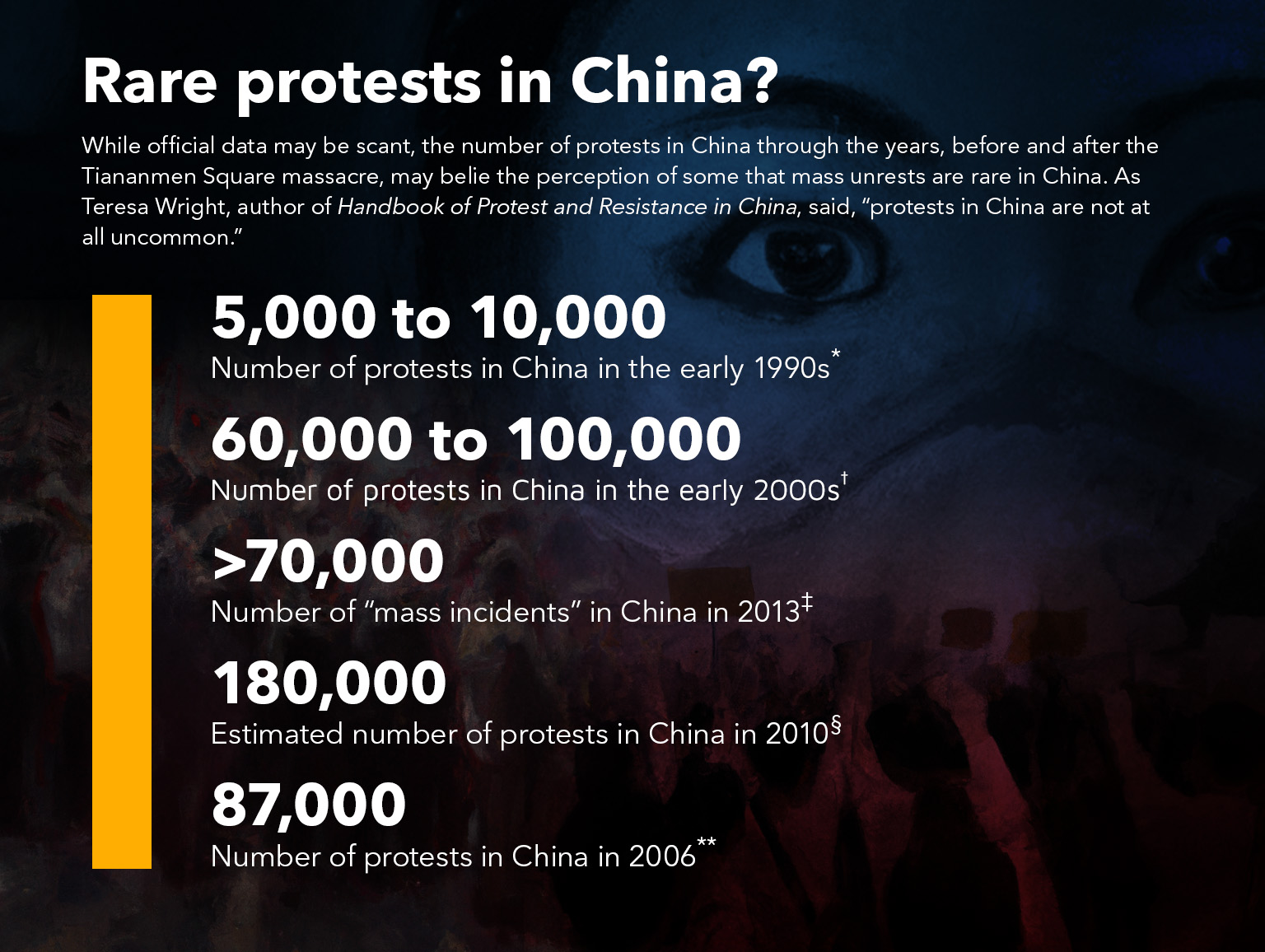
† Ibid.
‡ Data recorded by Chinese researcher Lu Yuyu, covering three years prior to his conviction in 2017 by a court in Yunnan province for “picking quarrels and causing trouble,” as reported by The Economist on Oct. 4, 2018.
§ Based on estimates by analysts. See Why protests are so common in China.
∗∗Annual data reported by China’s Ministry of Public Security relating to “mass incidents” in 2005, up 50% since 2003, according to the same report by The Economist. China stopped releasing data on “mass incidents” after 2006.
The outcry in China has also spread overseas, with Chinese students studying abroad staging rallies in solidarity with their peers in China. In truth, overseas Chinese students speaking out so directly and critically of the Chinese government is unprecedented. Posters with slogans related to the protests — or even clusters of blank A4s —have been seen at many universities with large Chinese student populations.
Li asserts, “It is more overseas young people that no longer hide their views toward China or their bitterness over the past three years. People who I thought were very apolitical have stood up.”
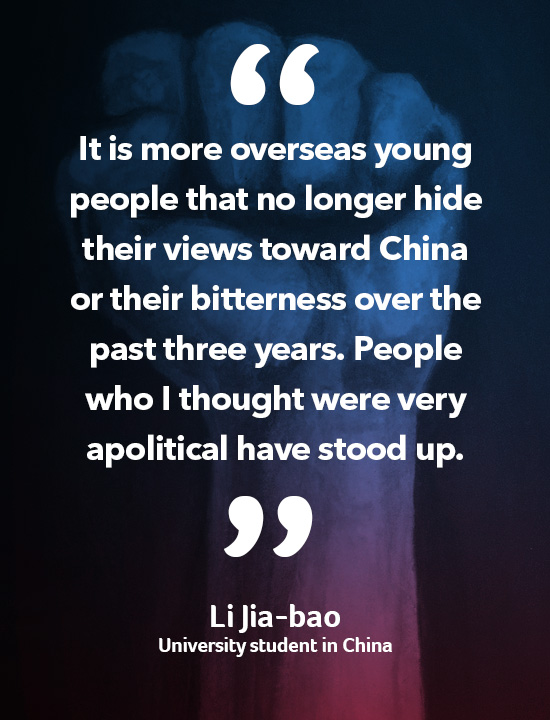 Yet when asked if it is the sense of distance that encourages more outspoken behavior, Li says that on the contrary, many young Chinese currently overseas remain quite cautious. He explains simply, “We all still have family in China.”
Yet when asked if it is the sense of distance that encourages more outspoken behavior, Li says that on the contrary, many young Chinese currently overseas remain quite cautious. He explains simply, “We all still have family in China.”
Indeed, some of the students who have been speaking their minds on China have sought to remain anonymous, given the possibility of state retaliation once they return home. But speaking at a vigil for the Urumqi fire victims at the National Taiwan University in Taipei, some Chinese students suggested that there was little point in hiding their identities. Commented a Chinese college student to a crowd of about a hundred: “After all, while I trust that you will be careful with photos and video from this rally, the students in China are marching on the streets openly. That being the case, what right do I have to hide my identity here in Taiwan?”
At a rally in Liberty Plaza in Taipei on Nov. 27, former Chinese student leaders of the Tiananmen Square generation Wang Dan and Zhou Fengsuo noted that overseas Chinese students have played a crucial role in disseminating information about the protests, particularly through the use of social media networks such as Twitter, Instagram, and the messenger app Telegram. This may be one of the differences between present protests and protests of several decades back, in which massacres, such as what took place in Chengdu in the wake of the 1989 protests, could fly relatively under the radar of international media reporting.
For sure, much information about the protests became known to those inside and outside of China through the spread of video clips online. Up till now, news of key incidents, as well as what cities that protests are taking place in, sometimes become known through video footage circulating in this. Although algorithm-powered censorship quickly leads to search terms being censored, protesters and their allies just as quickly invent new language and terms to get around the blocks. This points to the creativity of the protests to date.
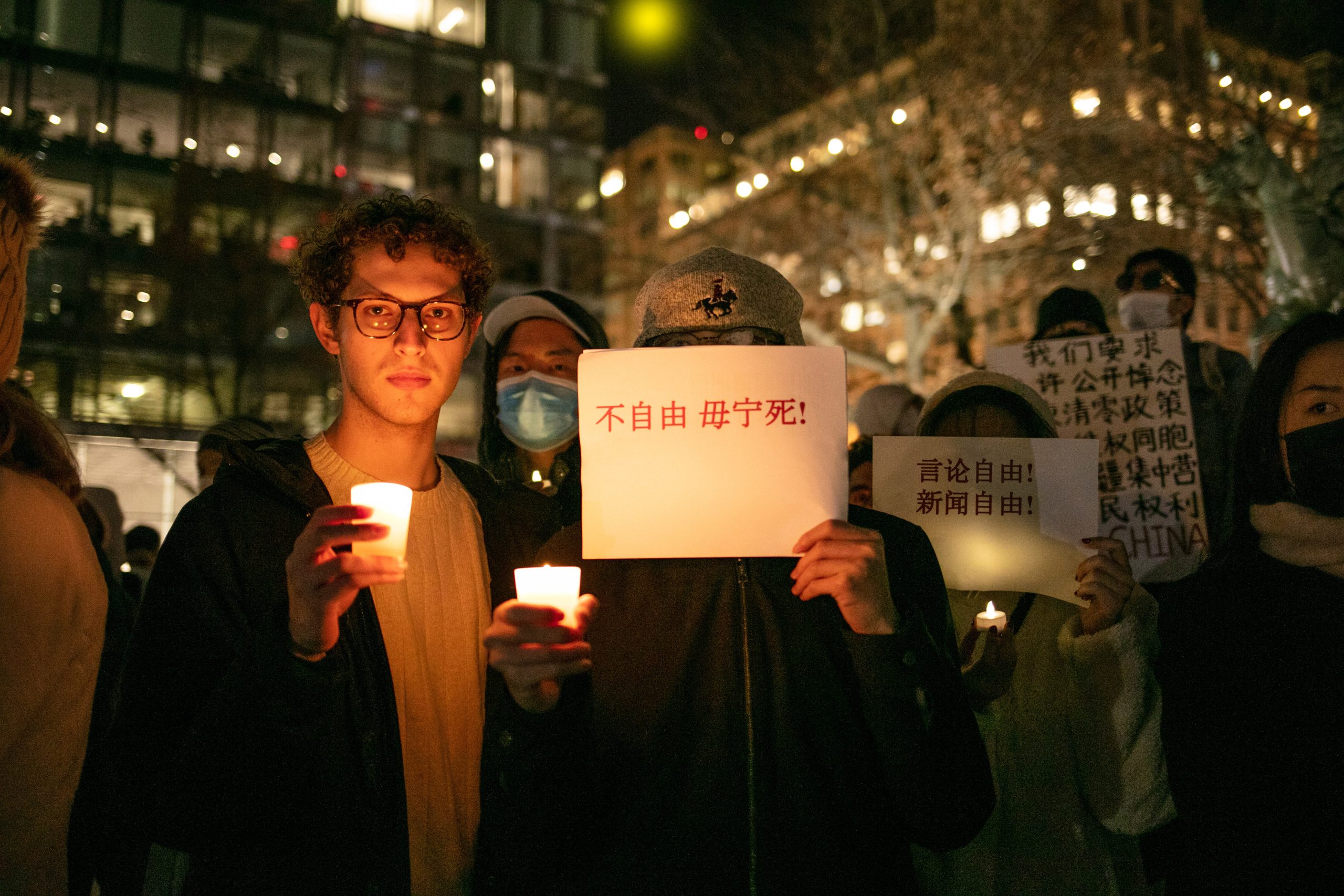
Humor, too, has played a crucial role in videos of protests going viral, or allowing the spread of memes about the demonstrations. One of the more popular videos, for instance, shows replicas of Shanghai’s Urumqi Street sign being carried by various people in rallies. After local residents began protesting on Urumqi Street in Shanghai, authorities had taken away the street sign, a move that was widely mocked online. Since then, people have made their own Urumqi St. signs and brandished them proudly at protests.
Protest actions are still occurring in Chinese cities, but it remains to be seen if they will remain on the same scale as during the past weeks. In the meantime, the Chinese central government continues to tinker with its zero-COVID policy, even as it aims to boost vaccination, something that it had put far too long on the backburner. There are indications, however, that the relaxation of COVID measures has been uneven, with reports that testing continues to take place, and the controversial COVID-19 health code is still being used. ◉










